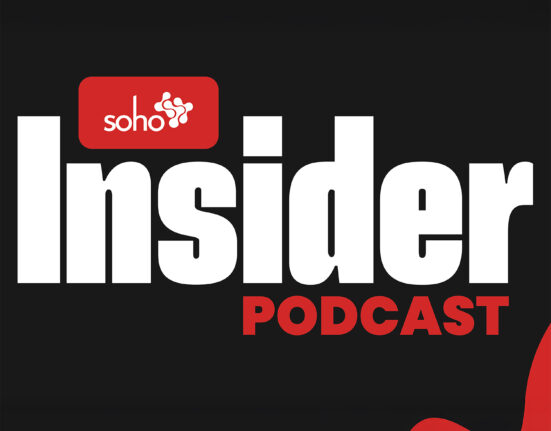By: Kerri Fitzgerald
Prior studies have shown conflicting outcomes for patients with different follicular lymphoma (FL) grade subtypes. A recent study by Patrizia Mondello, MD, PhD of the Mayo Clinic in Rochester, Minnesota, and colleagues, published in Blood Cancer Journal, found that most patients with FL3B have “a good outcome,” though 17% relapse early and often face a poor prognosis.
“Identification of markers that allow stratification of patients for personalized approaches, development of prognostic biomarkers, and identification of targets for therapy would be critical in this unfavorable category of lymphoma patients,” the authors noted.
They conducted a pooled analysis of the prospective, multicenter MER (Iowa/Mayo SPORE Molecular Epidemiology Resource) and LEO (Lymphoma Epidemiology of Outcomes) studies comparing 464 patients with newly diagnosed FL and diffuse large B-cell lymphoma (DLBCL). Patients had received frontline R-CHOP and were classified as:
- FL1-2 (n=216)
- FL3A (n=170)
- FL3B (n=78)
- DLBCL without underlying FL or associated FL3B (n=739)
Median patient age was 61 years, and most (56%) were men.
Among the FL3B cohort, 19 patients (24%) had FL3Bc and 59 (76%) FL3Bp histology. Researchers observed no differences in event-free survival (EFS) and overall survival between these subgroups. More patients with FL3Bc did not achieve EFS at 24 months (EFS24) compared with FL3Bp (26% vs 14%); however, there was no difference in subsequent outcomes. At two years of follow-up, FL3Bc was associated with higher rates of biopsy-proven aggressive relapse compared with FL3Bp (9% vs 5%).
The researchers also compared outcomes between patients with FL3B and other lower-grade FL subgroups. They found that FL3B had similar clinical features as FL1-3A other than a lower tumor burden.
The EFS24 failure rate was comparable in patients with FL3B and FL3A (17% and 15%) but was higher in patients with FL1-2 (34%; P<0.001). Patients with FL3B who did not achieve EFS24 had a worse prognosis than those who did achieve EFS24.
Compared with FL1-2, patients with FL3B who failed EFS24 had a three-fold higher risk of subsequent mortality (hazard ratio [HR], 3.25), but there was no significant difference compared with FL3A (HR, 1.62).
After five years (60 months) of follow-up, FL3B patients had a two-fold risk of relapse with an aggressive subtype compared with FL1-2 and FL3A (11% vs 6% and 6%, respectively; P<0.001), which the authors said suggests “a distinct underlying biology.”
The study also showed that FL3B with or without DLBCL results in similar clinical features and outcomes.
While most patients with FL3B have a prognosis comparable to FL1-2 and FL3A, 17% relapse within 24 months of diagnosis and often with an aggressive histology and an inferior survival than those with FL1-2 and FL3A who progress early.
FL3B patients have better clinical features and prognosis than those with overall DLBCL, though they have similar prognosis to germinal center B-cell-like subtype.
The study is limited by the small number of patients with FL3B.
“Future studies are warranted to identify the distinct molecular and immunologic mechanisms that drive FL3B and that can be targeted therapeutically,” the authors concluded.
Reference
Mondello P, Negaard B, Feldman AL, et al. Subsets of follicular lymphoma 3B have divergent outcomes: results from the prospective multicenter MER and LEO cohorts. Blood Cancer J. 2025;15(1):134. doi:10.1038/s41408-025-01347-0







